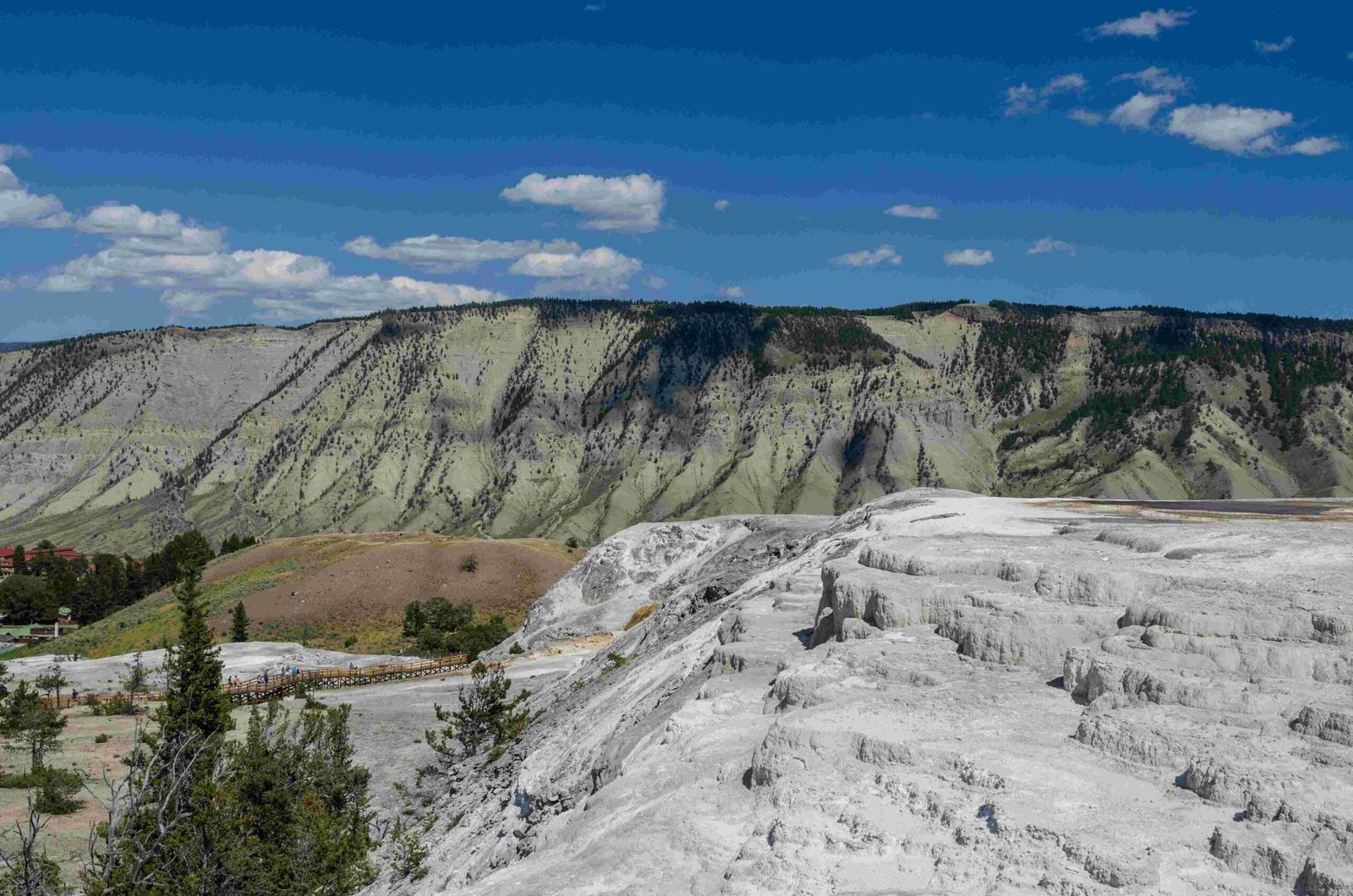Yellowstone National Park, renowned for its diverse ecosystems and abundant wildlife, is home to numerous water holes that serve as vital resources for the park’s fauna. These natural oases, scattered throughout the park’s vast landscape, provide essential hydration and serve as gathering points for various species. From thermal pools to tranquil ponds, the water holes of Yellowstone offer visitors unique opportunities to observe wildlife in their natural habitat while showcasing the park’s geological wonders.
What Are the Most Popular Water Holes in Yellowstone National Park?

Yellowstone National Park boasts several notable water holes that attract both wildlife and visitors alike. While specific names for individual water holes may not be widely publicized to protect wildlife, some areas are known for their consistent water sources:
- Lamar Valley: Known for its expansive meadows and streams, this area is a prime location for wildlife viewing, especially around water sources.
- Hayden Valley: Another excellent spot for observing animals near water, particularly bison and elk.
- Mammoth Hot Springs: While not a traditional water hole, the thermal features here create unique water-based environments.
- Yellowstone Lake: The largest high-elevation lake in North America, its shores serve as important water access points for various species.
How Do Water Holes Impact Wildlife in Yellowstone?

Water holes play a crucial role in the Yellowstone ecosystem:
- Survival: They provide essential hydration for animals, especially during dry seasons.
- Congregation: These areas become natural gathering points, allowing different species to interact.
- Predator-Prey Dynamics: Water holes often become hotspots for predator-prey interactions.
- Biodiversity: The diverse water sources support a wide range of aquatic and terrestrial life.
What Safety Precautions Should Visitors Take Near Water Holes?
When visiting water holes in Yellowstone, safety should be your top priority:
- Maintain safe distances:
- Stay at least 100 yards (91 meters) away from bears and wolves
-
Keep a minimum of 25 yards (23 meters) from all other wildlife
-
Stay on designated trails and boardwalks, especially near thermal features.
-
Never approach or feed wildlife.
-
Carry bear spray and know how to use it.
-
Be aware of your surroundings and watch for animal tracks or signs.
-
Follow park regulations and heed all warning signs.
What Are the Best Times to Visit Water Holes for Wildlife Viewing?
To maximize your chances of wildlife sightings at water holes:
- Dawn and Dusk: Many animals are most active during these cooler periods.
- Spring and Fall: These seasons often see increased animal activity around water sources.
- Summer Afternoons: In hot weather, animals may frequent water holes more often to cool off.
| Season | Best Viewing Times | Wildlife Activity |
|---|---|---|
| Spring | Early morning, late afternoon | High (mating season) |
| Summer | Dawn, dusk, hot afternoons | Moderate to high |
| Fall | Morning, evening | High (pre-winter preparation) |
| Winter | Midday | Low (limited access to water holes) |
How Do Thermal Features Affect Water Holes in Yellowstone?
Yellowstone’s unique geothermal activity significantly impacts its water holes:
- Temperature Variations: Some water holes maintain higher temperatures year-round due to geothermal influence.
- Mineral Content: Thermal activity can enrich water with minerals, affecting the surrounding ecosystem.
- Microbial Life: Extreme environments in some water holes support unique microbial communities.
- Landscape Formation: Geothermal activity continually shapes and reshapes water holes and surrounding areas.
What Photography Tips Can Enhance Water Hole Wildlife Shots?
To capture stunning wildlife photos at Yellowstone’s water holes:
- Use a long lens (at least 300mm) to maintain a safe distance.
- Set up early and be patient; wildlife appearances can be unpredictable.
- Consider using a tripod for stability, especially in low light conditions.
- Pay attention to the background; include scenic elements when possible.
- Respect wildlife and park rules; never compromise an animal’s well-being for a photo.
How Can Visitors Contribute to Water Hole Conservation?
Visitors play a crucial role in preserving Yellowstone’s water holes:
- Stay on designated trails to prevent erosion and habitat disturbance.
- Pack out all trash and follow Leave No Trace principles.
- Report any wildlife disturbances or rule violations to park rangers.
- Support conservation efforts through donations or volunteer work.
- Educate others about the importance of preserving these natural resources.
What Unique Ecosystems Exist Around Yellowstone’s Water Holes?
Yellowstone’s water holes support diverse micro-ecosystems:
- Riparian Zones: Areas along water edges that support unique plant and animal life.
- Thermal Pools: Extreme environments hosting thermophilic bacteria and other specialized organisms.
- Wetlands: Marshy areas that act as natural filters and provide habitat for various species.
- Subalpine Meadows: High-elevation areas with seasonal water holes supporting distinct flora and fauna.
How Do Seasonal Changes Affect Water Holes in Yellowstone?
Seasonal variations significantly impact Yellowstone’s water holes:
- Spring: Snowmelt increases water levels, often creating temporary water holes.
- Summer: Some smaller water holes may dry up, concentrating wildlife around permanent sources.
- Fall: Cooler temperatures reduce evaporation, potentially rejuvenating some water holes.
- Winter: Many water holes freeze over, limiting access for wildlife and altering ecosystem dynamics.
By understanding the intricate role of water holes in Yellowstone National Park, visitors can gain a deeper appreciation for these vital ecosystems. Whether observing wildlife, marveling at geothermal wonders, or simply enjoying the park’s natural beauty, the water holes of Yellowstone offer unique insights into the delicate balance of this remarkable wilderness.
References:
1. Yellowstone National Park Official Website
2. Yellowstone Wildlife Viewing Guide
3. Yellowstone Geothermal Features
